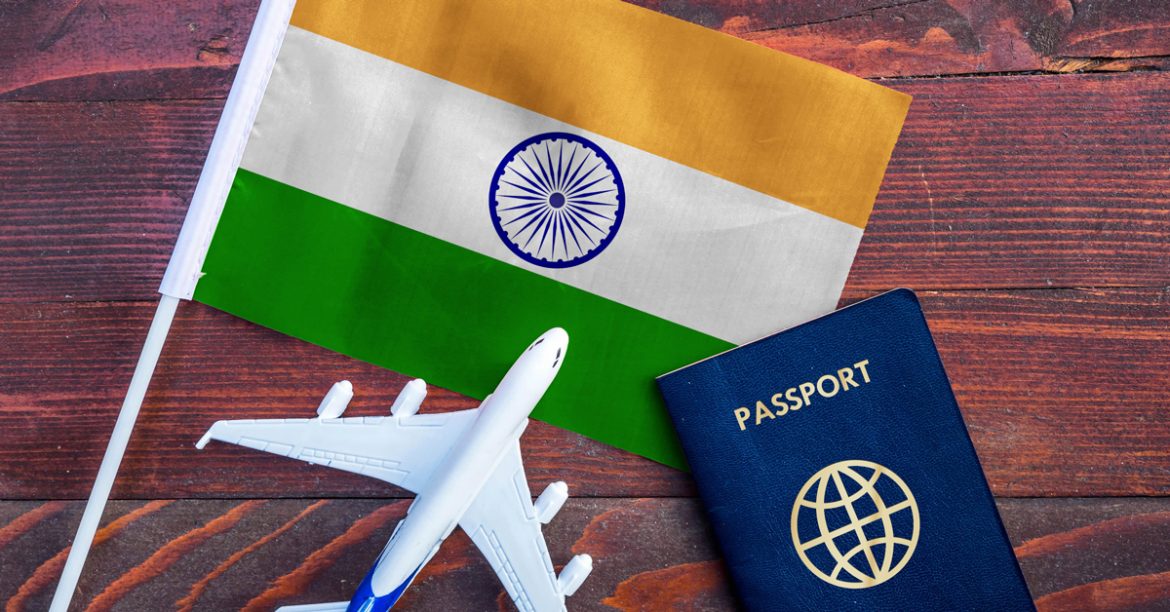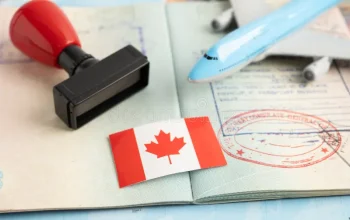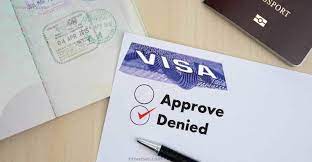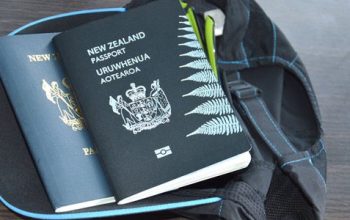If you’ve ever dreamed of standing in awe before the breathtaking Taj Mahal or exploring the historical wonders of Agra, the first step in turning that dream into reality is securing an Indian visa. This comprehensive guide will walk you through everything you need to know about getting your Indian visa to visit Agra. INDIAN VISA FOR VISITING AGRA
Understanding the Indian Visa for Visiting Agra
Planning a trip to Agra, home to the iconic Taj Mahal, involves a few essential steps, with obtaining the right visa being one of the most crucial. Let’s delve into the types of visas available and the application process to ensure your journey is seamless.
Types of Indian Visas
When planning to visit Agra, you’ll need to choose the right type of visa based on your travel purpose. Here are the main categories to consider:
Tourist Visa
The Tourist Visa is the most common type for travelers visiting Agra. It is typically issued for a period ranging from a few months to several years, depending on your nationality and the discretion of the consulate. Indian Visa from Brazil
- Eligibility: For individuals visiting India for tourism, leisure, or short-term family visits.
- Duration: Usually valid for 6 months to 10 years.
- Entry: Generally, multiple entries are allowed during the visa’s validity.
e-Visa
The e-Visa is a convenient option for tourists who prefer a quicker and more straightforward application process.
- Eligibility: Available to citizens of over 160 countries.
- Duration: Valid for 60 days from the date of arrival in India.
- Entry: Allows double entry for tourism.
Regular Paper Visa
If the e-Visa option isn’t available for your nationality, or if you plan to stay longer, the traditional paper visa might be the best choice.
- Eligibility: Available to all nationalities.
- Duration: Typically valid for 6 months.
- Entry: Generally allows multiple entries.
Visa Application Process
Applying for an Indian visa involves several steps, whether you opt for an e-Visa or a regular paper visa. Here’s a detailed guide to help you through the process.
Online Application
The application process begins with completing an online form on the Indian government’s official visa website.
- Visit the Website: Go to the Indian Visa Online portal.
- Fill in Details: Provide accurate personal, travel, and passport information.
- Upload Documents: Attach required documents like your passport photo and scanned passport copy.
Required Documents
Having the correct documents ready can save you time and ensure your application goes smoothly.
- Passport: Valid for at least 6 months from your intended date of arrival in India.
- Photograph: A recent passport-sized photo with a white background.
- Proof of Travel: Flight tickets or itinerary.
- Proof of Accommodation: Hotel reservations or a letter of invitation if staying with friends or family.
- Financial Proof: Bank statements to show sufficient funds for your stay.
Fees and Payment
Visa fees vary depending on the type of visa and your nationality. Payment is usually made online during the application process.
- Tourist Visa: Fees range from $10 to $100.
- e-Visa: Typically around $25 to $50.
Appointment and Biometrics
For regular paper visas, you may need to schedule an appointment at the nearest Indian consulate or visa application center to submit your biometric data (fingerprints and photograph).
- Schedule Appointment: Book a slot online.
- Biometric Submission: Visit the center at the appointed time to provide your biometrics.
Processing Time and Tips
Understanding the processing times and following these tips can help you avoid delays.
Standard Processing Time
The processing time can vary, but here’s a general idea:
- Tourist Visa: 3-5 business days.
- e-Visa: 2-4 business days.
- Paper Visa: 5-10 business days.
Expedited Processing
If you need your visa urgently, expedited processing might be available at an additional cost.
- Express Processing: Typically reduces the processing time by 1-2 days.
- Premium Services: Some consulates offer same-day or next-day services for an extra fee.
Tips for Avoiding Delays
- Apply Early: Submit your application at least a month before your planned travel date.
- Double-Check Information: Ensure all details are accurate and documents are complete.
- Track Application: Use the online tracking system to monitor the status of your application.
Exploring Agra
With your visa sorted, it’s time to plan your adventure in Agra. Here’s what you shouldn’t miss:
The Taj Mahal
No trip to Agra is complete without visiting the Taj Mahal, a UNESCO World Heritage Site and one of the New Seven Wonders of the World. Marvel at its stunning architecture and learn about the romantic history behind this monument.
- Opening Hours: Open daily from sunrise to sunset, except Fridays.
- Tickets: Available online and at the gate. Entry fee varies for domestic and international tourists.
- Best Time to Visit: Early morning or late afternoon to avoid the crowds and experience the best lighting for photography.
Agra Fort
Explore the Agra Fort, another UNESCO World Heritage Site. This red sandstone fortress served as the main residence of the Mughal emperors.
- Highlights: Don’t miss the Diwan-i-Am (Hall of Public Audience) and Diwan-i-Khas (Hall of Private Audience).
- Opening Hours: Open daily from sunrise to sunset.
- Tickets: Available at the entrance. Separate charges for Indian and foreign visitors.
Fatehpur Sikri
A short drive from Agra, Fatehpur Sikri is a well-preserved ghost town that was once the capital of the Mughal Empire. It’s renowned for its beautiful palaces and mosques.
- Key Sites: Visit the Buland Darwaza (Victory Gate) and the Tomb of Salim Chishti.
- Opening Hours: Open daily from sunrise to sunset.
- Tickets: Entry fee required.
Other Attractions
- Mehtab Bagh: A garden complex offering a unique view of the Taj Mahal from across the Yamuna River.
- Tomb of Itimad-ud-Daulah: Often called the “Baby Taj,” it’s a precursor to the Taj Mahal’s design.
- Akbar’s Tomb: Located in Sikandra, this mausoleum combines various architectural styles.
Travel Tips for Visiting Agra
To make the most of your visit to Agra, consider these practical tips:
Best Time to Visit
Agra experiences extreme temperatures, so plan your visit during the more temperate months.
- Peak Season: October to March, with pleasant weather and many festivals.
- Off-Peak Season: April to September, which can be extremely hot and humid, but less crowded.



